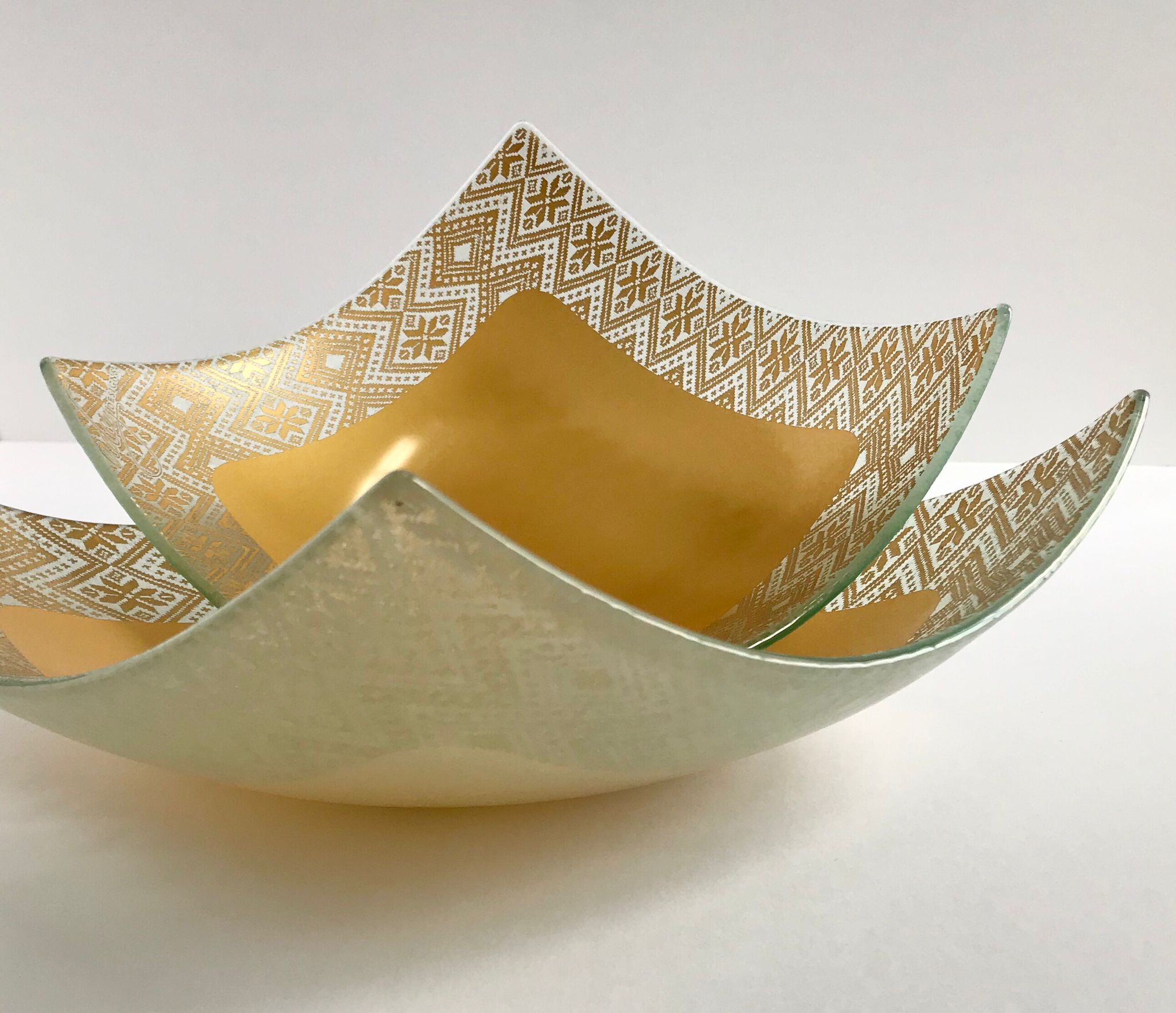Original Story Published by: Reagan Mathews, www.dmagazine.com
Photo Source: Jonathan Zizzo
(Above) If you look hard enough, you can see our future” will be showing at the African American Museum at Fair Park through August 13.
Even the tall, domed windows of the African American Museum aren’t big enough to shed light on the full extent of Laurie Ann Farrell’s newest labor of love. After three years of planning, the former Dallas Contemporary curator was able to help bring one of the largest collections of contemporary southern African art to Dallas.
“If You Look Hard Enough, You Can See Our Future” includes nearly 90 works by 55 artists from southern Africa, representing a small fraction of the 25,000-piece collection compiled by Dick Enthoven, the late owner of the Nando’s Peri-Peri chain of chicken restaurants, in collaboration with the Spier Art Trust. Through August 13, artwork that is usually hung in one of the 1,200 restaurants worldwide will be displayed in Dallas as part of the collection’s first appearance in North America. (We will get our first Nando’s location in Addison in August.)
“Recently, I found out how many locations my works are in thanks to Nando’s,” says Anastasia Pather, whose 2018 finger-painting, Camouflager, welcomes viewers into the first gallery. “I had no idea that I had a work in New Zealand or Saudi Arabia. There’s a really nice synergy with how the painting becomes its own object. It’s kind of strange cause it’s like bumping into an old boyfriend.”
Kilmany-Jo Liversage, who creates murals for the restaurants, likes the idea of reaching the everyday person with her work. “My interest is not actually as a street artist,” she says. “It’s no longer the cube of the gallery but stepping out and letting the everyday person become your viewer.”
The collection spans abstracts created in 1948 during apartheid to more recent works created during the pandemic. One of the most stunning pieces is Tied by Time by Tamlin Blake, a South African artist and curator. Made entirely out of woven newspapers, Blake’s 8-meter-long work depicts what she sees as the future of humanity.
“I had such an interesting problem because with lockdown they stopped all imports and outports of newspapers to the small towns, so I couldn’t get newspaper,” Blake says. “I ended up having to go to all the old people in the village because they’re the only ones who read it anymore.”
To read the full article, visit www.dmagazine.com.









